On a misty spring evening near Portland, Oregon, something extraordinary happens beneath the roaring traffic of Highway 30. As temperatures rise and rain softens the earth, thousands of tiny amphibians begin their annual migration from winter forest habitats to breeding wetlands. But this year, their journey won't involve dodging speeding tires or baking on sun-warmed pavement. Instead, they're funneling through a series of specialized tunnels - an ingenious solution to one of conservation's most overlooked challenges.
The concept of wildlife crossings isn't new, but amphibian-specific infrastructure remains rare despite these creatures' ecological importance. "We tend to forget that frogs and salamanders are ecosystem engineers," explains Dr. Sarah Jennings, a herpetologist who consulted on the Oregon project. "A single vernal pool breeding event can produce enough biomass to feed migratory birds for weeks, and their tadpoles play critical roles in aquatic nutrient cycling."
What makes amphibian tunnels distinct from larger wildlife crossings comes down to scale and psychology. While elk or deer bridges span hundreds of feet, these passages measure just 12-24 inches in diameter. The tunnels incorporate moisture-retaining substrates and are strategically placed along historic migration routes detected through years of population surveys. Curved walls prevent light pollution from disrupting light-sensitive species, and subtle grade changes ensure proper drainage without creating impassable barriers.
Construction challenges surprised even seasoned engineers. "You'd think small equals simple," says Mark Tolbert, the project's lead engineer. "But stabilizing soil around constantly damp micro-tunnels required developing new compaction techniques. We essentially built a Swiss watch beneath a freight train." The team used laser-guided boring equipment to install 28 tunnels across a 1.3-mile stretch, each precisely angled to connect with existing landscape features on either side of the highway.
The results have exceeded expectations. Infrared monitoring shows over 14,000 safe crossings last spring alone, representing a 93% reduction in road mortality for the area's western toad and long-toed salamander populations. Unexpectedly, the tunnels also attracted use by shrews, juvenile weasels, and even nesting bumblebees - creating a secondary biodiversity hotspot.
Funding came from an unusual coalition of state transportation departments, conservation nonprofits, and corporate sponsors. "This wasn't just about saving frogs," notes transportation planner Alicia Wu. "Amphibian roadkill creates slippery hazards for motorists, and tunnel maintenance costs less than annual cleanup operations. It's a win for safety, budgets, and biodiversity."
Critics initially questioned spending millions on "toad tubes," as some dubbed them. But the project's success has silenced most detractors. Nearby vineyards report decreased pesticide use as frog populations control crop pests, while birdwatchers document increased species diversity in adjacent areas. Perhaps most tellingly, three other states have launched similar initiatives using Oregon's design templates.
As climate change alters precipitation patterns, such infrastructure may become crucial for species survival. Dr. Jennings' team has already observed shifts in migration timing that could disconnect amphibians from traditional breeding windows. "The tunnels provide climate resilience," she explains. "When odd weather triggers early or late movements, the passageways remain available unlike surface routes that might be blocked by snow or drought."
Local schools have embraced the tunnels as living laboratories. Fourth graders track migration counts alongside scientists, while high school ecology classes maintain "hydration stations" - small wetland patches that guide young amphibians toward safe passages. "Kids who've never cared about conservation get excited when they spot a salamander they helped survive," says teacher Ryan Colfax. "That connection changes how they see the whole environment."
The project's most profound impact might be philosophical. By demonstrating that even small, damp creatures warrant million-dollar solutions, it challenges traditional cost-benefit analyses in infrastructure planning. As Tolbert reflects: "We build roads thinking about where humans need to go. Maybe we should also ask where other species need to travel - and what happens when our paths collide."
Next spring, as the first warm rains arrive, the tunnels will again hum with life unseen by speeding motorists overhead. But for conservationists worldwide, Oregon's experiment offers more than hope - it provides a replicable blueprint for stitching fragmented ecosystems back together, one tiny set of footprints at a time.

By /Jul 7, 2025
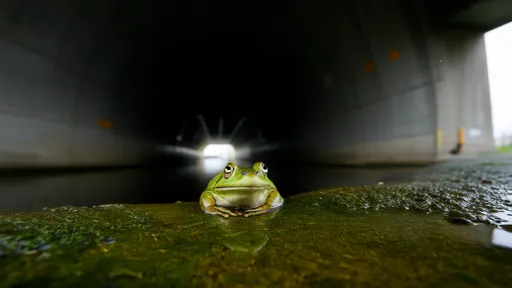
By /Jul 7, 2025

By /Jul 7, 2025
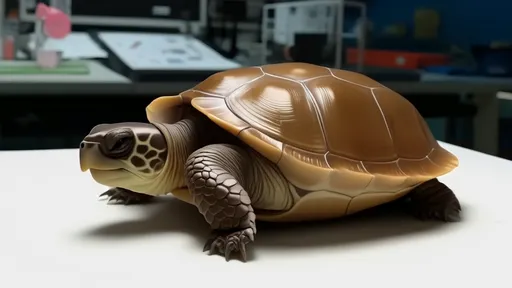
By /Jul 7, 2025
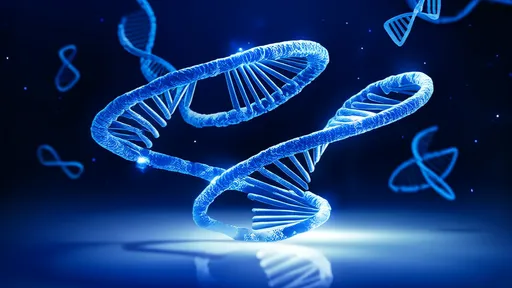
By /Jul 7, 2025

By /Jul 7, 2025

By /Jul 7, 2025

By /Jul 7, 2025
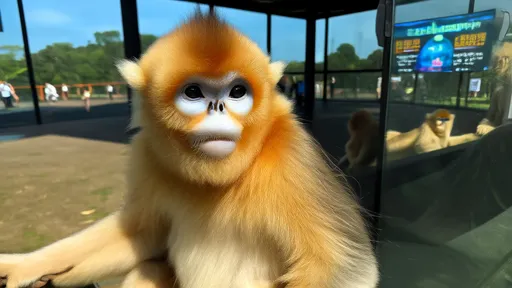
By /Jul 7, 2025
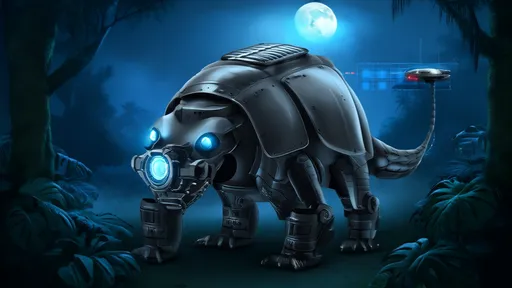
By /Jul 7, 2025

By /Jul 7, 2025
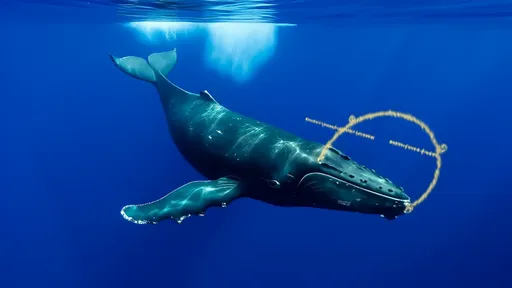
By /Jul 7, 2025
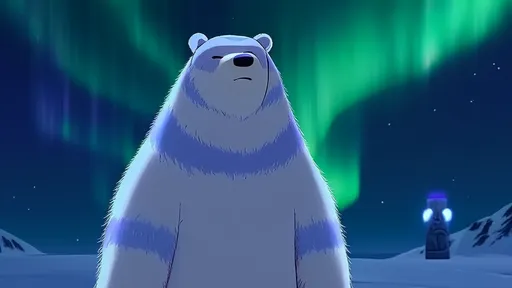
By /Jul 7, 2025
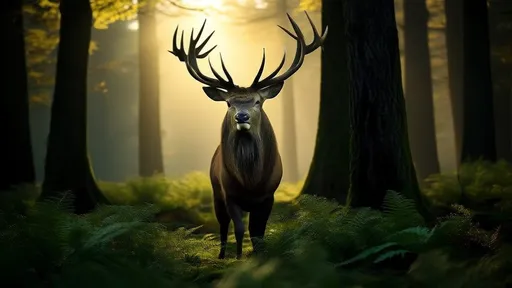
By /Jul 7, 2025
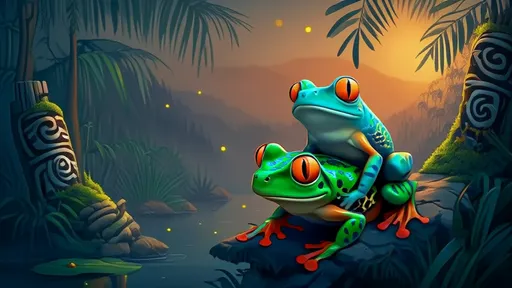
By /Jul 7, 2025
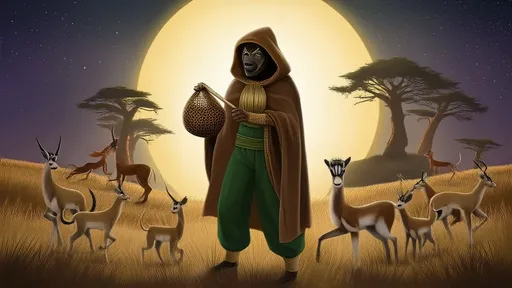
By /Jul 7, 2025
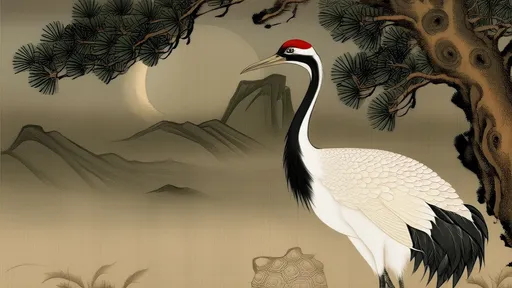
By /Jul 7, 2025
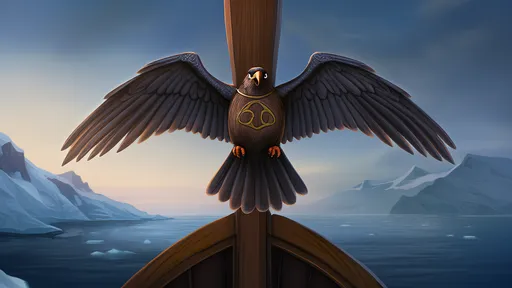
By /Jul 7, 2025